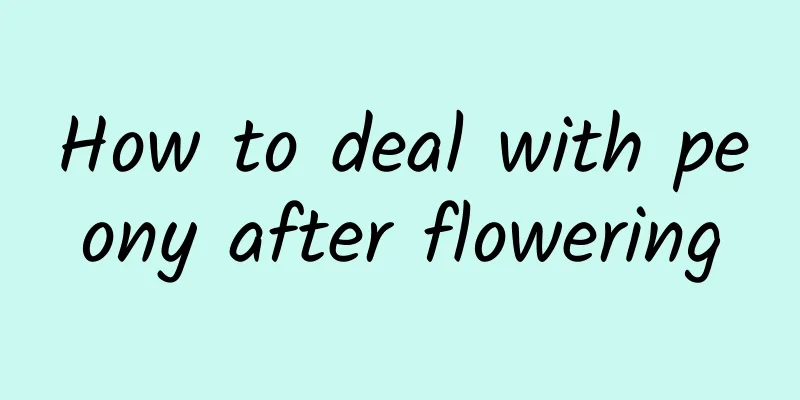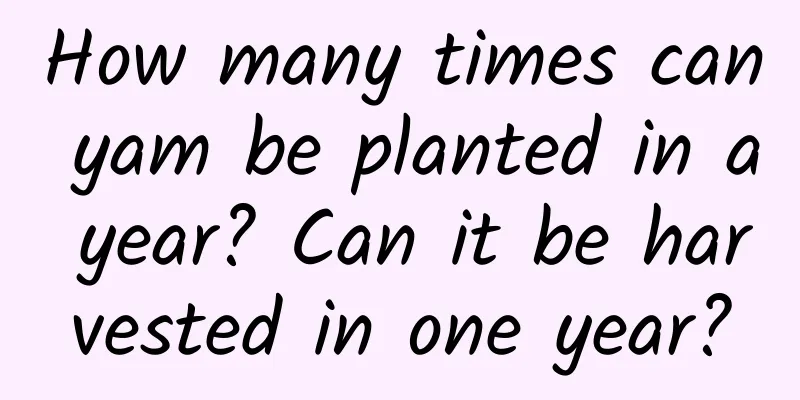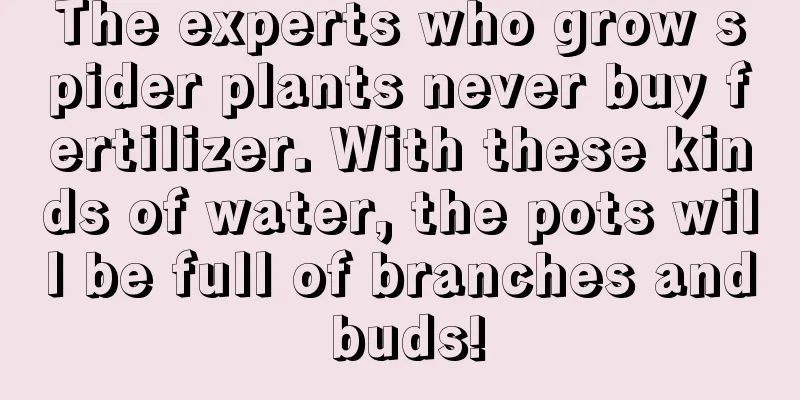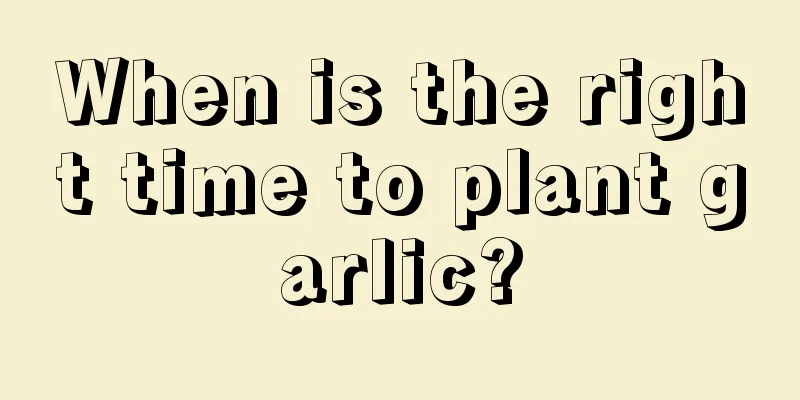Summary of reasons why flowers do not bloom
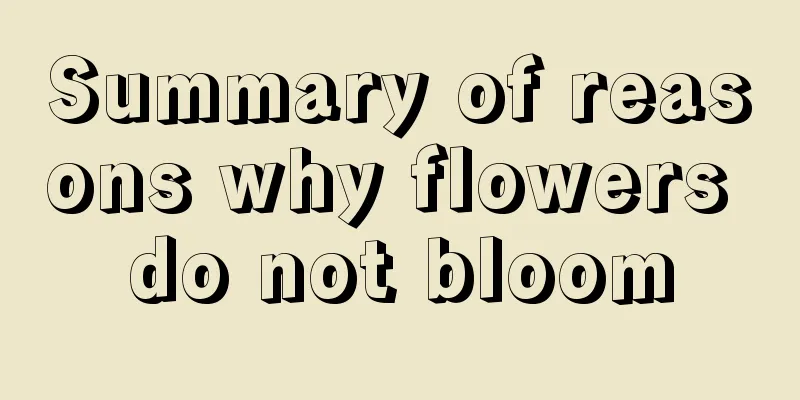
Summary of reasons why flowers do not bloomImproper water and fertilizerIf too much water and fertilizer are used during the growth period of plants, it will cause excessive growth of branches and leaves, and nutrients will accumulate in the roots, stems and leaves, resulting in insufficient nutrition for the flowers and fruits of the plants, affecting the development of flower buds, and causing the flowers to not bloom or bloom sparsely. Also, if a large amount of fertilizer is applied during the plant's bud formation period, or the amount of watering is unstable, it can easily cause the flower buds to fall off. On the contrary, if too little fertilizer and water are applied during the growth period of flowers, the plants will lack nutrients for growth, resulting in fewer flowers and poorer quality of flowers. Light temperatureDifferent flowers have different preferences and requirements for light and temperature. For example, some flowers like light, while others like partial shade; some flowers like warmth, while others prefer coolness. If the light and temperature are inappropriate during the plant's growth period, it may easily cause the plant to not bloom or the flower buds to fall off. Soil propertiesMost flowers prefer slightly acidic or neutral soil and do not like saline or alkali soil. Therefore, excessive salt and alkali content in the soil will also affect the growth and flowering of flowers. Winter room temperatureSince some flowers need to hibernate, if the indoor temperature is too high in winter, it will cause the plants to sprout and leaf out prematurely, resulting in nutrient consumption, which will lead to insufficient nutrients for the plants in the next year, weakening the flowers, making them smaller, falling off, or even not blooming. Too little pruningProper pruning and trimming should be carried out during the growth period of the plant. This can not only achieve an aesthetic effect, but also prevent the branches and leaves from consuming too much nutrients and affecting the flowering of the plant. Pest and disease damageFlowers are prone to diseases and pests during their growth period, which affect the growth and development of the plants and result in them not blooming. For the above situation, we should take timely defensive measures, carry out reasonable fertilization and watering, create a good growth environment, and avoid the situation where the plants do not bloom. |
<<: How to grow ginseng potted plants
>>: Methods for disinfecting soil for growing flowers at home
Recommend
Southern garlic planting time and method, planting technology and management methods
Garlic planting time in the south Garlic in the s...
How much is a pound of cherries? How much is a pound of big cherries?
1. How much does a cherry cost? Cherries are one ...
When are onions planted and harvested in the north?
Onions are highly adaptable to the environment an...
The difference between Kapok and Bauhinia, Kapok period
1. The difference between Kapok and Bauhinia Diff...
Black bean cultivation methods and precautions
1. Maintenance methods 1. Soil: Black beans are h...
How to plant longan seeds in pots
1. Soak the kernels Clean the white soft tissue o...
Where does the red spider lily grow?
The bulb of the red spider lily is nearly spheric...
What is lotus root?
What is lotus root? Lotus root is a plant of the ...
How often should I fertilize the sunflower and what fertilizer should I use to make it grow faster?
How often should sunflowers be fertilized? The su...
Maintenance of Amaryllis during winter dormancy
Tips for caring for Amaryllis during hibernation ...
What should I do if the tips of the leaves of the osmanthus tree turn yellow and dry?
As a symbol of good luck, the osmanthus tree is d...
Poplar's growth environment and local conditions
Poplar Growth Environment and Conditions Poplar i...
Can mangosteen seeds be planted?
1. Whether it is possible Of course mangosteen se...
The propagation and maintenance of Polygonum erythrorhizon
How to reproduce red polygonum The common method ...
What are the effects and functions of Dendrobium candidum and what are the taboos
1. Effects and functions of Dendrobium candidum 1...
